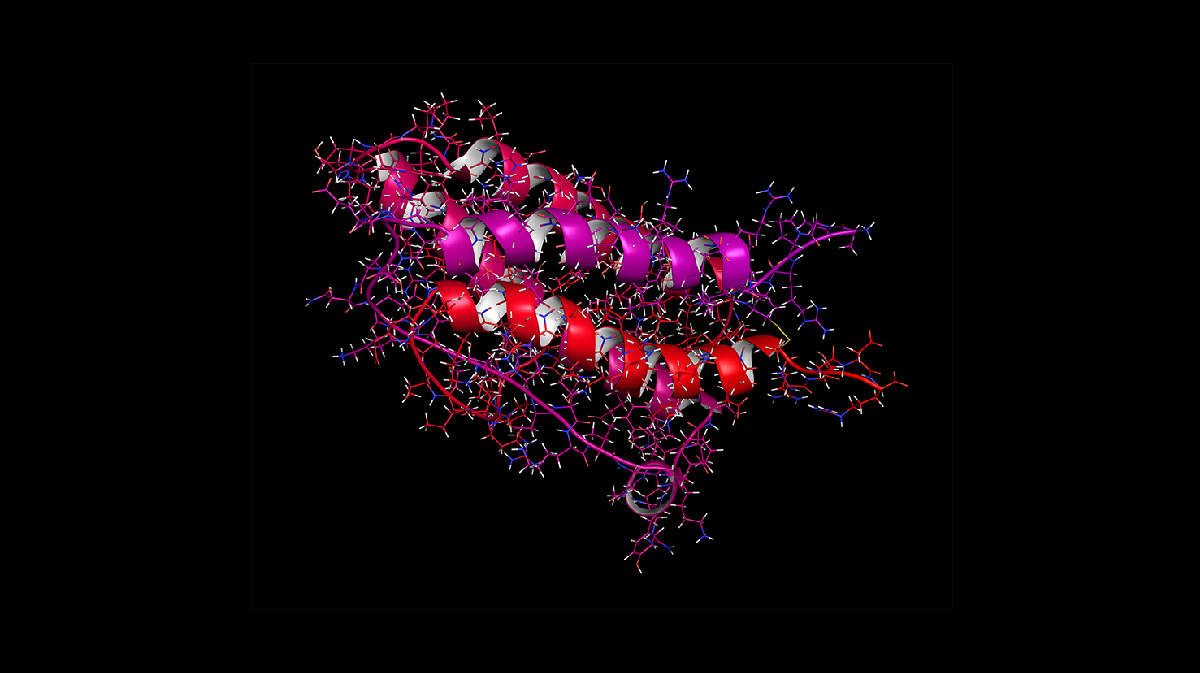The approach to the elaboration of European Pharmacopoeia (Ph. Eur.) monographs for biotherapeutics has significantly evolved in recent years. In particular, where monographs on complex biotherapeutics are concerned, the emphasis is now placed on allowing greater flexibility as a means of better addressing the structural complexity and naturally occurring heterogeneity of these substances, and the potential diversity of the preparation resulting from different manufacturing processes.
With this in mind, at its 167th Session, the European Pharmacopoeia Commission adopted a revised version of Erythropoietin concentrated solution (1316), the first Ph. Eur. monograph on a complex glycosylated molecule that was initially published in the Supplement to the 3rd Edition of the Ph. Eur. in 1999.
Following the approach already applied in other monographs for complex biotherapeutics (e.g. Etanercept (2895) or Infliximab concentrated solution (2928)), the glycan analysis has been added to the “Production” section of the revised monograph, which now also includes a requirement for consistency of production with respect to glycosylation pattern. An outline of a suitable procedure for glycan analysis is provided as a requirement, followed by a complete and detailed analytical procedure – the outcome of the EDQM Biological Standardisation Programme project BSP 144 – which is given as an example. This allows users to apply another suitable validated procedure without having to demonstrate its equivalence to the example described, as long as it has been approved by the competent authority. Furthermore, the system suitability of the example procedure is verified using a dedicated Ph. Eur. reference standard while the results are assessed against a suitable in-house reference preparation, no single compendial reference standard being suitable for all the products. Finally, the acceptance criteria are not expressed as numerical limits as no universal specification limits are possible for this process-dependent quality attribute.
These changes bring about a significant improvement in the analytical performance of the Erythropoietin concentrated solution (1316) monograph, while simultaneously providing the sought-after flexibility.
Learn more about the flexibility in monographs on therapeutics on the EDQM’s “Biotherapeutics” web page. Detailed information can also be found in the Technical guide for the elaboration of monographs on synthetic peptides and recombinant DNA proteins, and the topic was further discussed at a recent Ph. Eur. training session on Biologicals, a recording of which is now available online.
See also:




